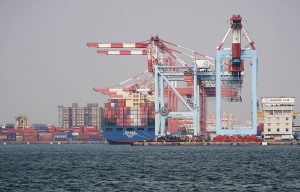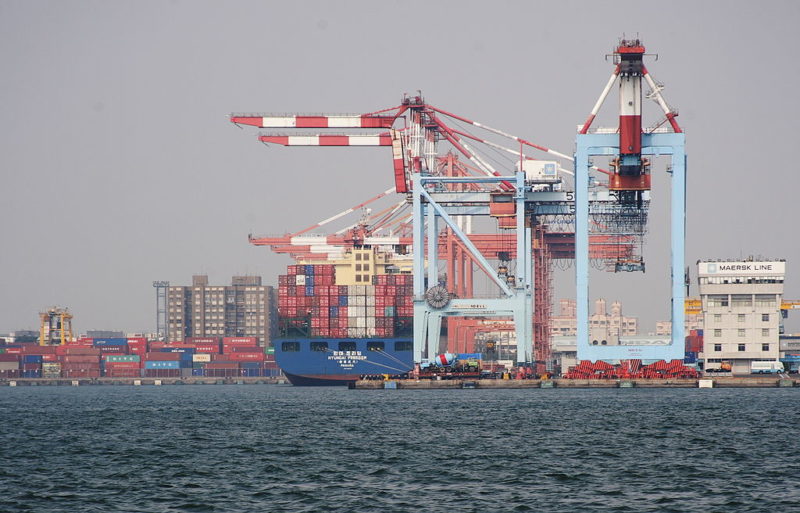 Seaborne trade is expected to grow more than 4% to reach 11 billion tonnes (bt) in 2015 and remain the top overall transport mode, carrying roughly more than 80% of global total volume.
Seaborne trade is expected to grow more than 4% to reach 11 billion tonnes (bt) in 2015 and remain the top overall transport mode, carrying roughly more than 80% of global total volume.
A Clarkson Research Services report said seaborne trade is made up of a wide range of commodities, with tankers and bulkers carrying a huge amount of the tonnage.
For this year, the projection of 11 bt will include 3.2 bt of major bulks, another 1.5 bt of minor bulks, and 2.8 bt of crude oil and refined oil products. The rest will consist of other cargo, including 1.7 bt of containerized cargo and another 1.1 bt of other non-bulk dry cargo (some still for containerization). More specialized shipping completes the set, with 0.6 bt of liquefied gas trade and chemicals trade combined.
“This year world seaborne trade is projected to represent 1.5 tonnes of cargo for each person on the planet, up from 1.0t in 2000,” said the report. “As economic growth continues in developing economies, populations typically contribute more to world seaborne trade on a per capita basis, and as they ‘catch up’ with western world levels this drives increased trade (and a higher ratio). Even if the ratio remains unchanged, the current projection of 8.4 bn people on the planet by 2030 would mean an extra 1.7 bt of seaborne trade.”
It also cites the “multiplier” effect in the increasing seaborne trade. Over the last five years, the growth in world seaborne trade has risen on average 1.13 times more than the world economy. As globalization has taken hold, international trade has typically grown more quickly than world economic output.
Seaborne container trade, for example, has enabled the connection of distant producers and consumers, and also the component trade enabling multi-location manufacture connected by low unit cost shipping. Discovery of natural resources in locations other than economic growth centers also helps.
In 2015, the world economy is expected to grow by 3.5% but world seaborne trade is expected to grow more quickly, by 4.1%.
Since the decline in 2009, seaborne trade growth has been quite consistent, averaging about 4%, noted the report. Without the huge fleet dwt growth of 55% in the period 2008-2014, the market downturn might have been less severe.
“At a rough estimate, seaborne trade constitutes over 80% of the global total volume by all modes. That’s some achievement, and until the world comes up with an alternative, it will keep on making the world go around,” said the report.
Photo: tommy.Ian





